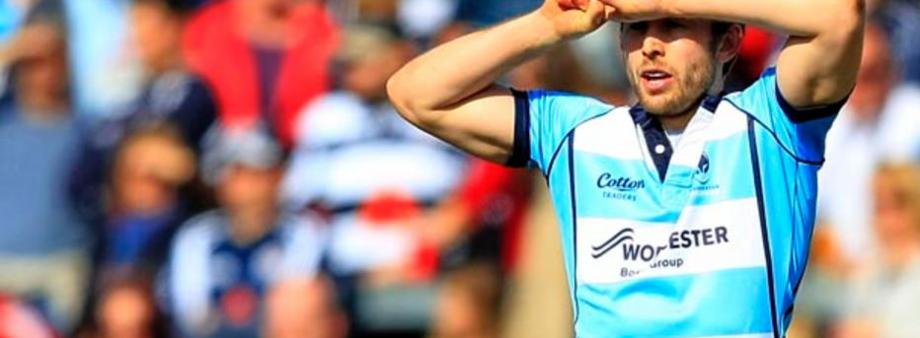
Hypoglycaemia or Hypos
People
with diabetes can also suffer from their treatment, which can lead to
unexpected hypoglycaemia. When patients can recognise that their blood
sugar is low, they can eat or drink to increase blood glucose. In these
instances, hypoglycaemia is inconvenient and embarrassing. With
longstanding diabetes, people may fail to recognise that their blood
sugar is low. When this occurs brain function fails, and there is
potential for accident and injury. Severe hypoglycaemia, particularly
at night causes coma, which may precipitate convulsion, and possible
death. Fear of hypoglycaemia is the most important limiting factor in
the pursuit of blood sugar control. When people, in trying to achieve
optimal glycaemic control, encounter hypoglycemia, they tend to be
cautious and either eat more carbohydrate or reduce their insulin dose.
This is particularly the case with nocturnal hypoglycemia. The net
effect is that even the most motivated person with diabetes tends to
maintain blood glucose values with the primary aim of avoiding
hypoglycemia, rather than for optimal control. Additionally,
variability in insulin action leads to seemingly inexplicable variation
in blood glucose values, which can cause frustration and perhaps
inappropriate correction in insulin dose or food intake. The result of
these treatment barriers is that glycaemic control is often
sub-optimal.
Loss of Hypo Warning (unawareness)
Hypoglycaemic
unawareness is a serious problem for people with diabetes. The usual
first symptoms hypoglycaemia such as feeling hungry, sweating and
anxiety are lost. These symptoms are produced by stimulation of the
sympathetic nervous system and the adrenal gland. If there are frequent
episodes of hypoglycaemia, especially at night, often masked by
alcohol, the part of the brain that recognizes low blood glucose fails
to do so. The effect of this is that the blood glucose fall still
further, and the brain then becomes short of glucose and parts stop
working effectively. The effects are that there can be changes in
vision, mood, concentration and behavior. Ultimately if the blood
glucose falls still further, consciousness is lost and coma with fits
may follow. A third party such as a parent, spouse or paramedic can
only help this. The treatment for milder hypoglycaemia is glucose or
other sugary drink of food, but later, glucagon or glucose injection is
needed. Many people and diabetic patient groups have suggested that
this is a specific problem for people taking human insulin, but
extensive investigation in Europe and the USA have shown no difference
in the responses to hypoglycaemia between human and animal insulin’s.
However, there is no reason why anyone who is happy on animal insulin
should have to swap to human insulin, or why anyone with hypo
unawareness could not try animal insulin if they think it help the.
Fortunately, it now seems that following the program below can restore
hypoglycaemic awareness
Hypo Unawareness Programme
This programme is designed to help you restore your ability to recognise when your blood sugar is low. You are unable to recognise low blood sugar and do not have the symptoms such as sweating, tremor of the hands and palpitations that you may have had when your diabetes was first diagnosed. You are relying on symptoms such as slurring of speech, confusion or visual disturbance, which show your brain is not getting enough sugar and often you are not able to recognise and respond to when your blood sugar is low. This is particularly important at night.
This programme is designed to help you restore your ability to recognise when your blood sugar is low. You are unable to recognise low blood sugar and do not have the symptoms such as sweating, tremor of the hands and palpitations that you may have had when your diabetes was first diagnosed. You are relying on symptoms such as slurring of speech, confusion or visual disturbance, which show your brain is not getting enough sugar and often you are not able to recognise and respond to when your blood sugar is low. This is particularly important at night.
What you need to do:
You
must check your blood sugars 4 times a day before meals and before bed
and write the results down in a book. You should also check your blood
sugar on occasions between 2-4 o’clock in the morning. Your blood
sugar should range between 5 and 10 mmols and if you find your blood
sugar is below 5, even if you have no symptoms, you should take
your next meal or 20 grams of carbohydrate to push your blood sugar
back up to above 5 immediately. You should then try and work out
whether it is the fact that you had insufficient food, did more
exercise or work than usual or had more insulin that you might have
needed in the period before the blood sugar result was tested.You
should consider swapping to an MDI/basal bolus regime using analogue
insulin as basal and bolus component. Injection Sites. Your long acting
insulin or your evening mix of insulin should be given over the outer
surface of the legs. Your quick acting insulin should be given over the
arms or the front of your stomach. Your morning insulin should be
given in the same area each day.You should avoid alcohol, particularly
at bedtime. Alcohol interferes with your ability to recognise when your
blood sugar is low.You should follow the Dietician’s advice and space
out your carbohydrate intake throughout the day accordingly.If you have
a partner, they will be given Hypostop or glucogon to give you if you
are unable to take anything by mouth when your blood sugar is low.The
driving regulations in different states are variable, but most insist
that if you are unable to recognise low blood sugar, you are not eligible to drive. Thus, until you are able to recognise when your blood sugar is low, you must not drive, until warning signs return.
The
purpose of this programme is to restore your ability to recognise low
blood sugar and, if adhered to carefully, the programme is very
successful.

